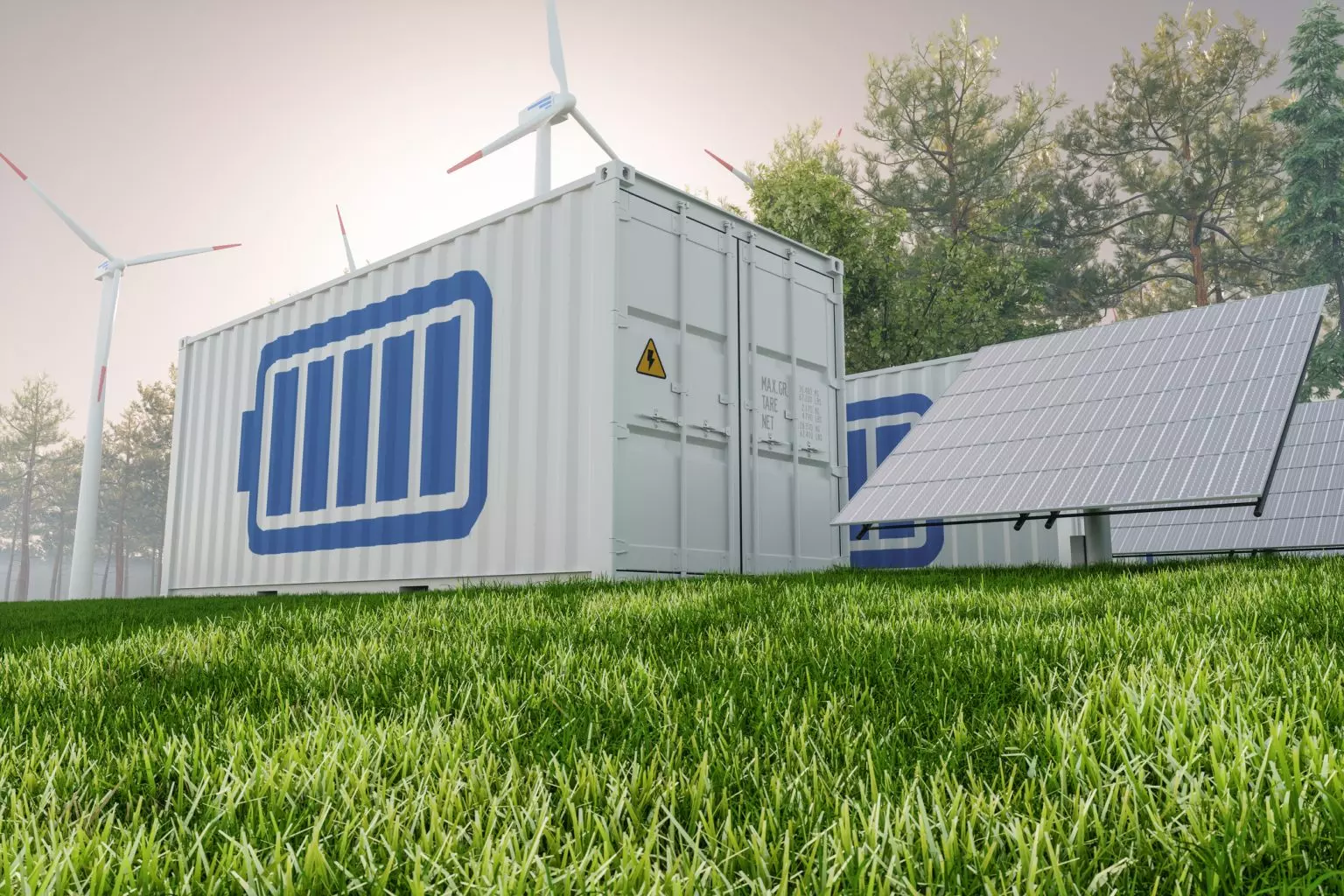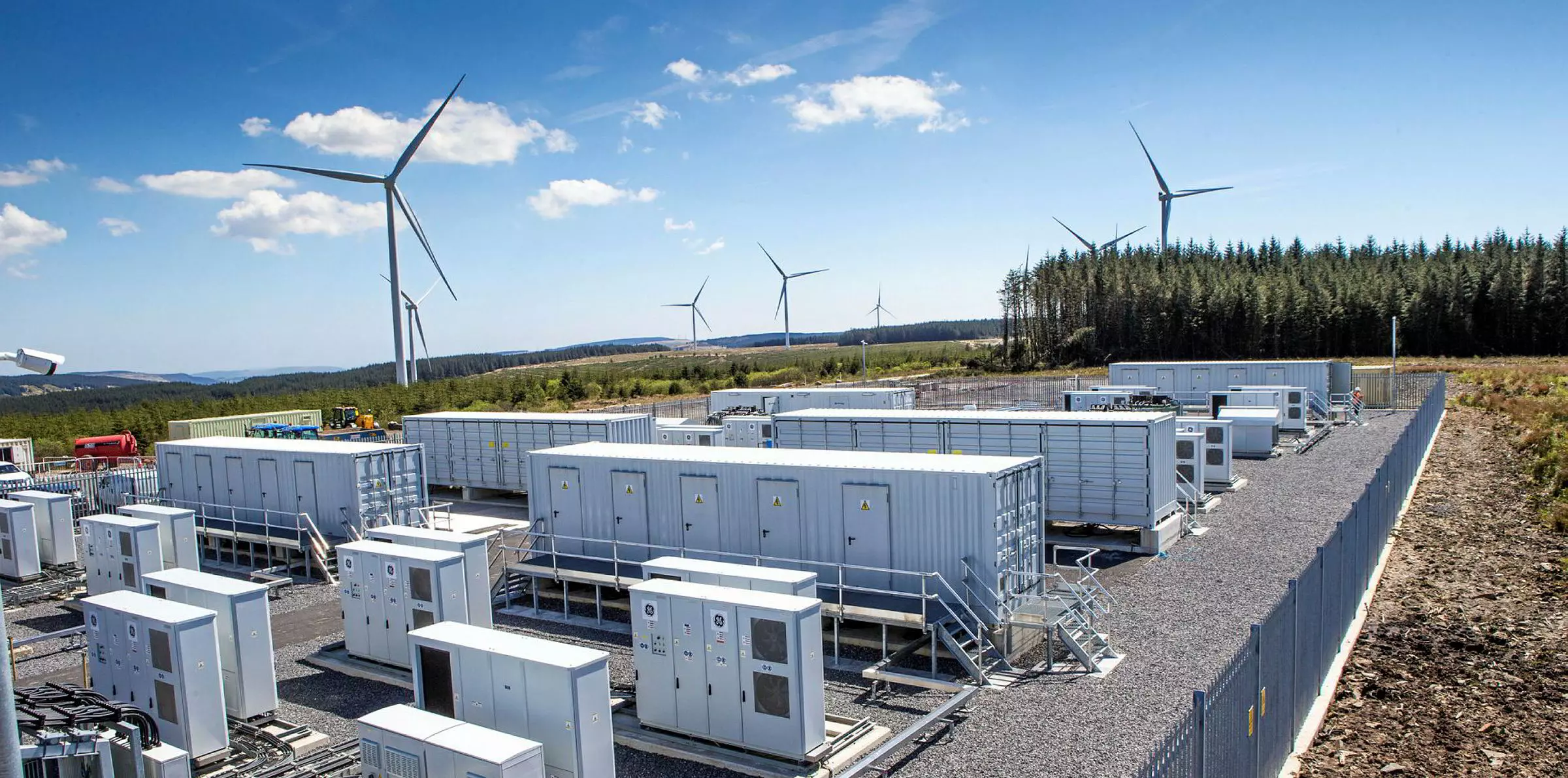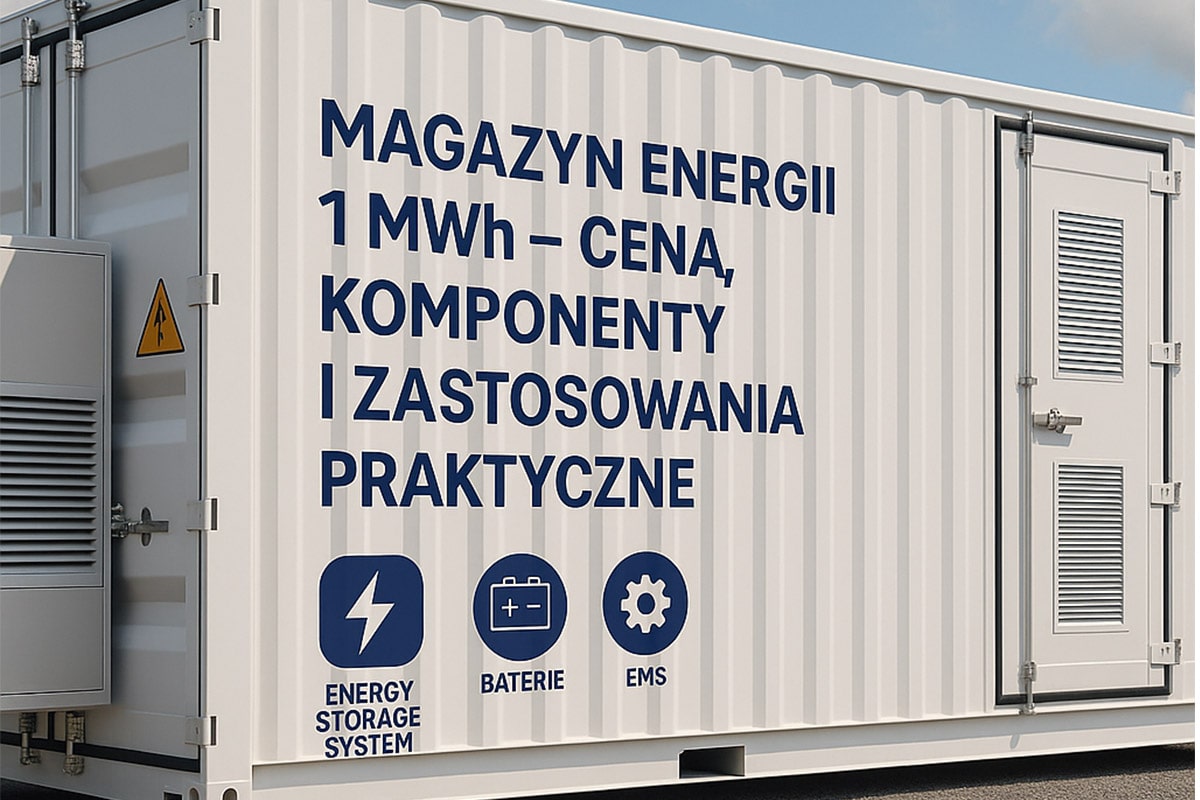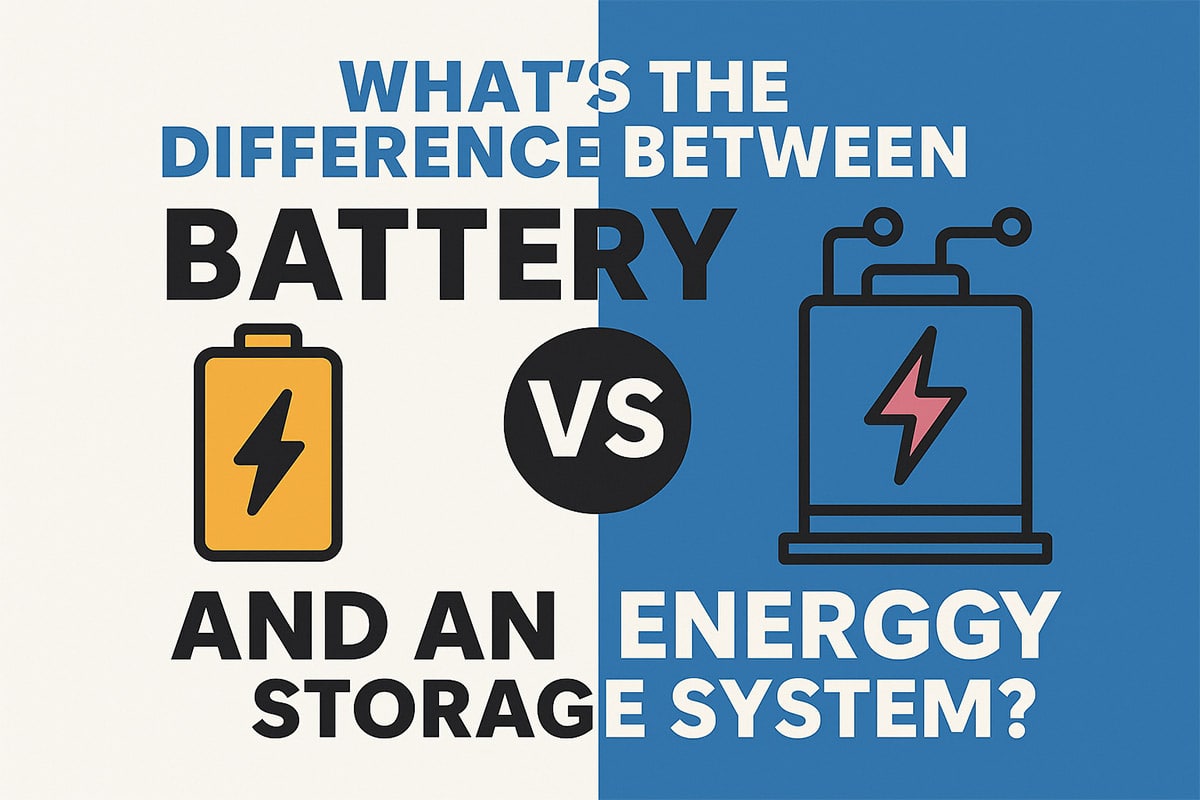Energy storage system to be safe? These 13 key points must be achieved!
Energy storage system to be safe? These 13 key points must be achieved!
Safety is the most important topic of energy storage systems. Choosing an energy storage architecture and control system that meets safety standards, as well as formulating a reasonable emergency plan can significantly reduce the risk of dangerous events occurring on site.
The recent frequent occurrence of battery safety accidents has aroused widespread concern in the industry. Therefore, when choosing an energy storage system, safety is a key factor that needs to be considered. In view of the fact that there are many options for energy storage system customers in the market, we are willing to give suggestions to guide buyers to choose safer energy storage systems and energy storage products.
Our engineering teams have spent years researching and comparing possible system architectures and component options in all energy storage systems. Here we have summarized 13 key points to consider when choosing an energy storage system to help you make an informed choice when preparing for an energy storage system installation.
1. Choose the correct cell
From a safety perspective, we distinguish primary safety (what can be done to prevent accidents) from secondary safety (how to better control and manage the progression of accidents). Primitive security is directly related to the cells of the energy storage system.
There are different types of batteries to choose from in the industry, each has its advantages, but the most important thing is to choose a battery that meets the IEC62619 standard. As its title states, “Secondary Cells and Batteries Containing Alkaline or Other Non-Acid Electrolytes – Safety Requirements for Industrial-Grade Secondary Lithium Cells and Batteries,” the standard is specifically designed to ensure the safety of cells.
2. Ensure the safe integration of modules, electrical cabinets and containers
For modules and panels: Make sure the battery complies with UL 1973 and IEC 62619 standards.
Choosing a battery with UL9540A certification means that the energy storage system has passed the UL agency’s test simulating thermal runaway to check whether a fire will spread.
Consider mechanical, thermal, electrical and safety constraints. All systems suitable for marine, transport or stationary applications are subject to an extensive testing and certification process.

3. Invest in a safe battery management system and energy management software
Using safe and compliant components is a necessary first step in ensuring the highest level of battery safety; however, how the battery is used is also critical. This is why a battery management system (BMS) should ensure that the battery usage does not exceed its limits. To guarantee this functional safety, BMS must be certified with IEC61508, which is a standard related to functional safety of electrical/electronic/programmable electronic systems.
BMSs generate large amounts of data, which are read by energy management software (EMS), saved locally and regularly backed up to a secure cloud system. All these data can be used for failure or deviation analysis of the battery and for system optimization.
4. System partition to better contain accidents
Partitioning energy storage systems within solid enclosures can help prevent fires from starting and spreading.
LeBlock is Leclanché’s new, safe, modular, scalable, plug-and-play energy storage solution. It is designed to simplify logistics and reduce overall costs and carbon footprint.
The battery modules are housed in high-strength container shells, which help prevent the spread of fire.
The shell has excellent fire resistance and heat insulation performance, which can reduce the consumption of auxiliary sources, thereby ensuring that the battery is independent of the external environment and operates at a certain temperature (usually between 20 and 23°C).
5. Choose the right fire protection system
Energy storage system zoning offers a passive way to improve safety, but there are also active ways to combat fires. The goal of the fire protection system is to prevent non-battery fires from spreading to other cells in the cabinet, thereby preventing a small accident involving a few cells from turning into a large-scale fire, the consequences of which may spread to the entire cabinet or container. Standard firefighting systems include smoke and temperature sensors and aerosol systems that are automatically triggered when a fire has grown to a certain level.
6. Use explosion vent panels to ensure employee safety
The safety of personnel is paramount. Even when storage sites are secured, employees will be working nearby during maintenance and routine system checks. They may stand next to energy storage cabinets and shipping containers in the event of a fire or explosion. To keep them safe, an explosion vent vents the pressure from an internal fire out the top, ensuring that people working in the area are protected from side explosions.
Explosion vents shall be designed and manufactured in accordance with NFPA 68.
7. Provide an emergency response action plan
The proper actions of emergency responders during an on-site emergency are not always clear-cut and vary by system and local conditions. Therefore, it is very important to develop different emergency operation plans for the site and provide training to the local emergency response agencies.
During the event, the container shell should remain closed until its temperature reaches the normal range, and the ambient temperature should be monitored and reduced if necessary.

8. with “emergency stop” function
If EMS, BMS or any other safety device detects a safety problem or battery abnormality, the battery system must be able to be shut down in a controlled manner. Also important is the manual “E-Stop” function, which can be performed by the operator or emergency responders.
9. Can detect electrical insulation faults
Most batteries are off-ground, which means they are insulated from the ground. Advanced insulation monitoring equipment according to IEC 615557 must ensure the insulation functionality of the system and the safety of electrical equipment. The granularity of the insulation monitoring should be small enough to ensure good detection accuracy and the number of cells that are disconnected from the circuit can be controlled through the emergency stop function.
In the LeBlock architecture, each electrical cabinet has its own insulation monitoring and can automatically detect and isolate faults and disconnect the battery’s circuit before serious problems occur.
10. Conform to key safety standards such as IEC and UL
In the United States, energy storage systems need to meet the relevant standards of NFPA 855 to mitigate potential hazards.
As required by the IEC (International Electrotechnical Commission), the system must be designed according to IEC 62933 Part 2 to meet the safety requirements for grid energy enhancement system integration.
11. The system has an isolating switch unit
For safety, the system must be equipped with all necessary open circuit units, such as load switches, to ensure the safety of maintenance operations.
12. The system conforms to electrical safety standards such as IEC 60364 or North American NEC706
Check that the energy storage system complies with all relevant IEC and UL standards for electrical safety installations – especially with advanced fusing systems to protect the energy storage installation from the risk of short circuits.













